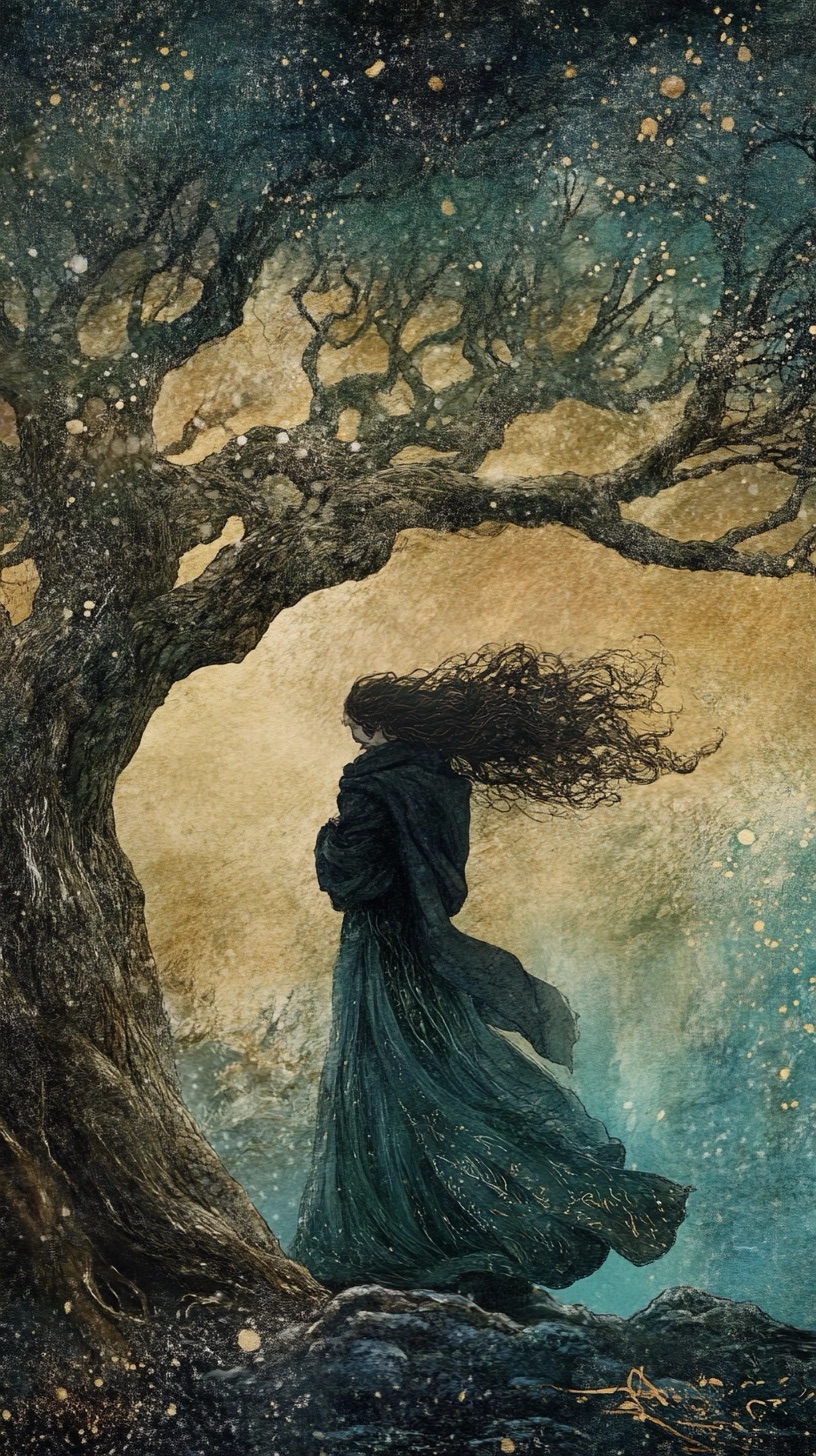
In a world saturated with stories, both real and imagined, the ones that linger in our minds are often those that harbor an element of mystery. This intangible quality—mystery—acts as a magnetic force, drawing us into the narrative, compelling us to seek answers, and igniting our imagination in ways that straightforward stories cannot. Mystery in storytelling is not merely a tool for suspense or a plot device to keep readers turning pages; it is a fundamental aspect of human curiosity and the desire to explore the unknown. But what exactly is the role of mystery in storytelling, and how does it transform a narrative from the mundane to the magical?
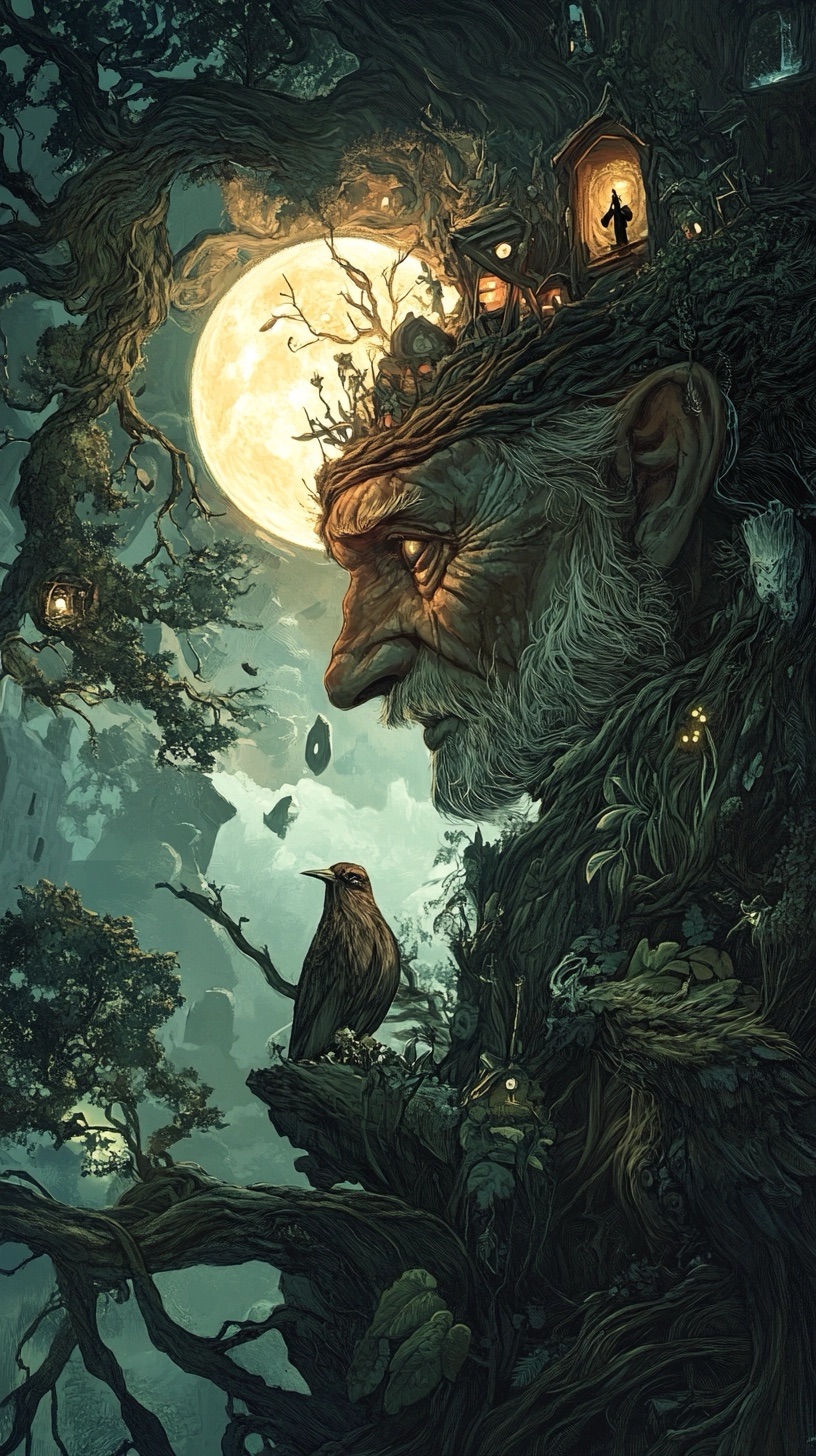
The Allure of the Unknown
Mystery taps into a primal part of the human psyche: our innate curiosity. From childhood, we are drawn to the unknown, to the questions that have no immediate answers. This curiosity propels us to explore our surroundings, learn new things, and, crucially, to ask “what if?” In storytelling, mystery serves a similar purpose. It plants a question in the mind of the reader, a question that demands to be answered. Whether it is the identity of a shadowy figure in the background or the hidden motivations of a central character, mystery entices us to keep reading in search of resolution.

However, the power of mystery in storytelling goes beyond simply keeping the reader engaged. It also shapes the emotional landscape of the narrative. When we encounter something mysterious, we experience a mix of emotions: intrigue, wonder, perhaps even fear. These emotions create a more immersive experience, as we are not just passively receiving the story but actively engaging with it, trying to solve the puzzle alongside the characters.

Mystery as a Reflection of Reality
In life, not everything is clear-cut or easily understood. We often find ourselves in situations where we do not have all the answers, where events unfold in ways that are inexplicable or confusing. In this sense, incorporating mystery into a story mirrors the complexities of real life. It acknowledges that the world is not always a place of black and white, but rather a spectrum of grays, where truths are obscured and motives are ambiguous.
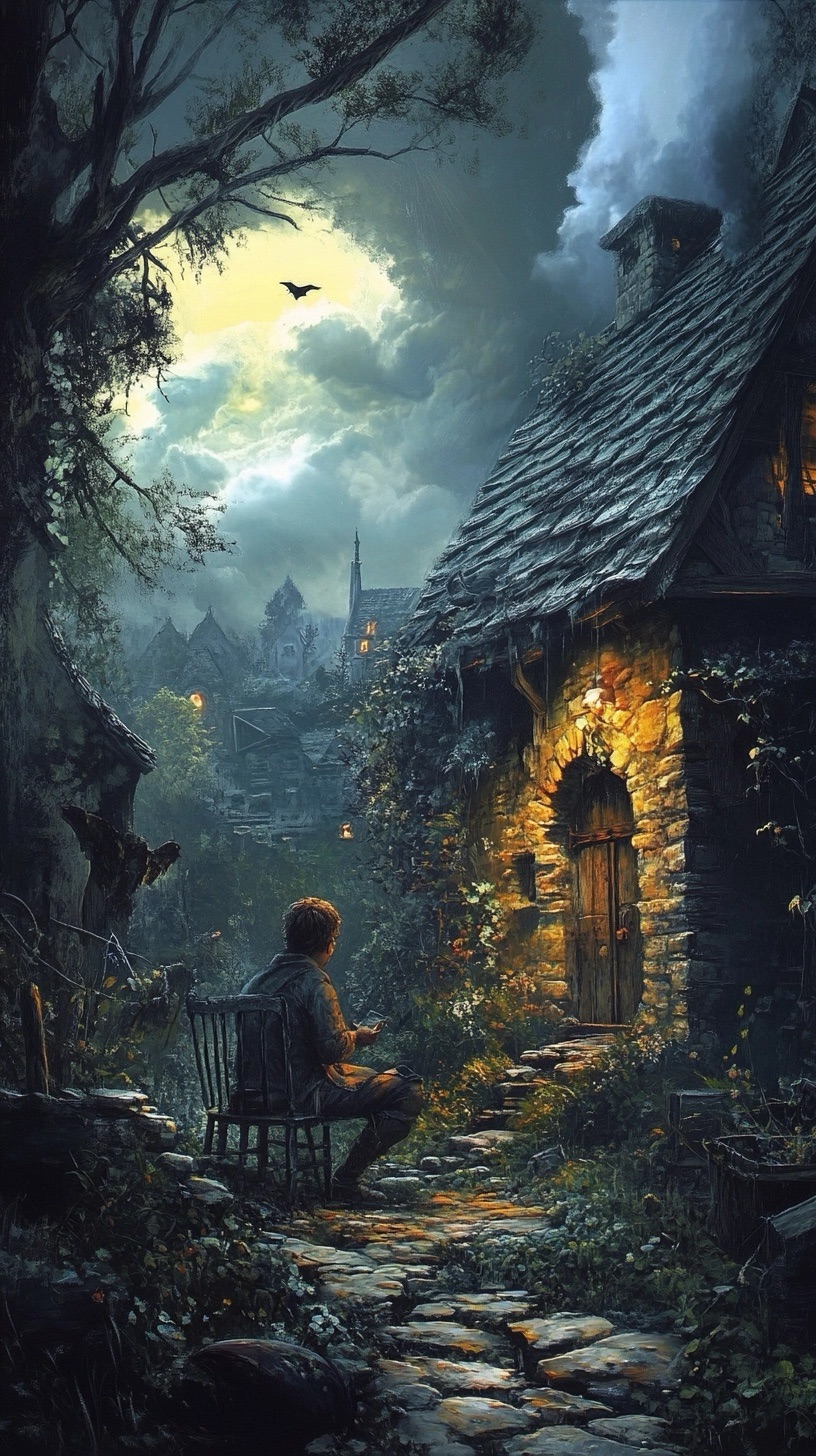
This reflection of reality can make a story feel more authentic, as it resonates with the reader’s own experiences of uncertainty and the unknown. Furthermore, it allows for the exploration of deeper themes. When a story includes mysterious elements, it often raises questions about knowledge, truth, and the limits of human understanding. It challenges the reader to think critically, to question what they are being told, and to consider the possibility that there might be more to the story than meets the eye.

The Craft of Constructing Mystery
Creating mystery in a narrative is both an art and a science. It requires a delicate balance between revealing and concealing information. Too much revelation, and the mystery dissipates; too little, and the reader may become frustrated or disinterested. The key is to provide just enough information to pique the reader’s curiosity while withholding enough to maintain suspense.
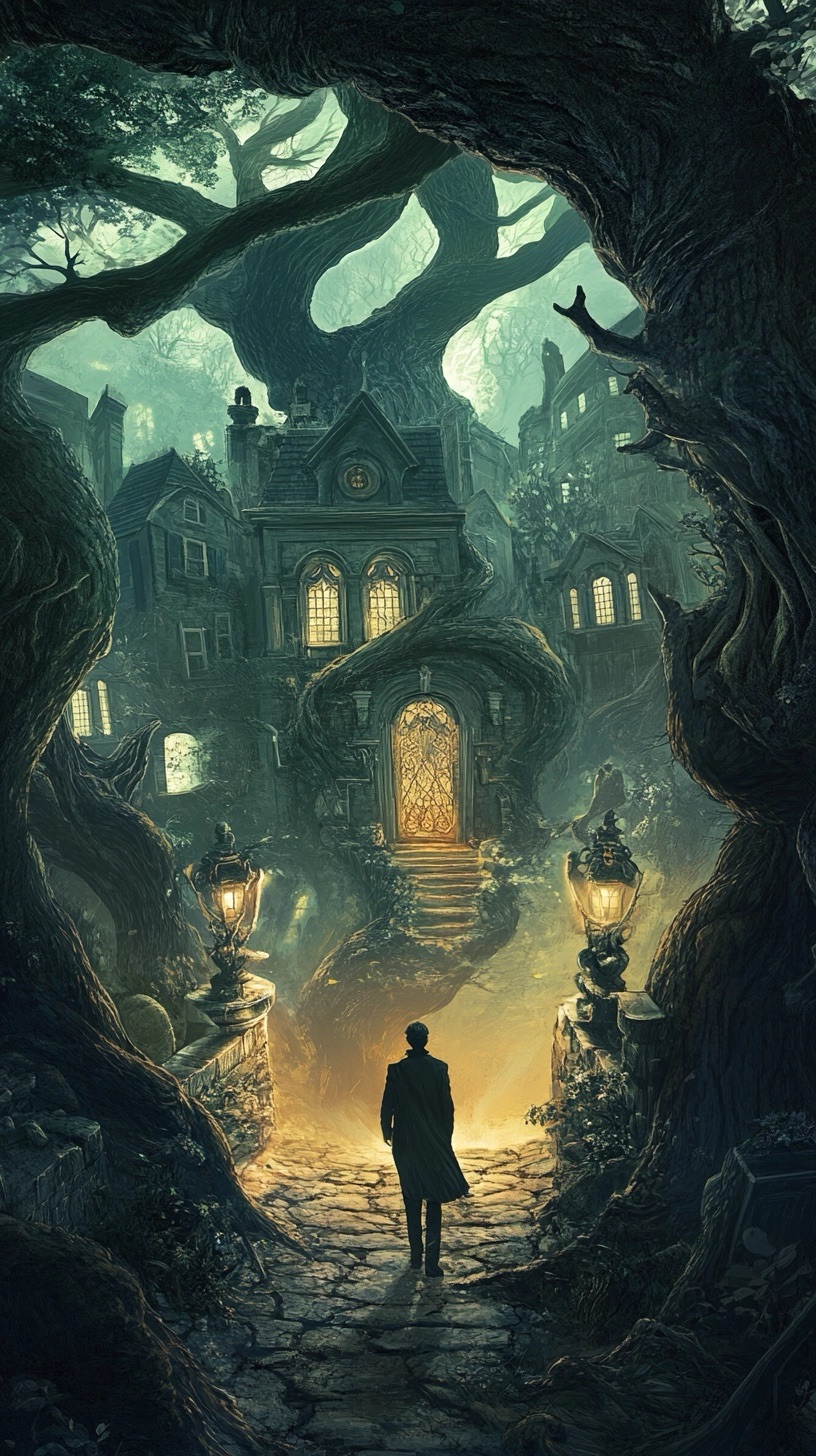
One effective technique is the use of unreliable narrators. By presenting the story through the eyes of a character whose perspective is limited or biased, the author can create layers of mystery that the reader must peel back to uncover the truth. Similarly, the strategic use of foreshadowing can plant seeds of mystery early in the story, which then blossom into full-blown questions as the narrative progresses.
Symbolism and allegory are also powerful tools in the construction of mystery. By embedding deeper meanings within the story, the author can create a narrative that operates on multiple levels, with surface events masking underlying themes or truths. This approach not only adds depth to the story but also invites the reader to engage in a more active form of reading, as they must interpret the symbols and piece together the hidden meanings.
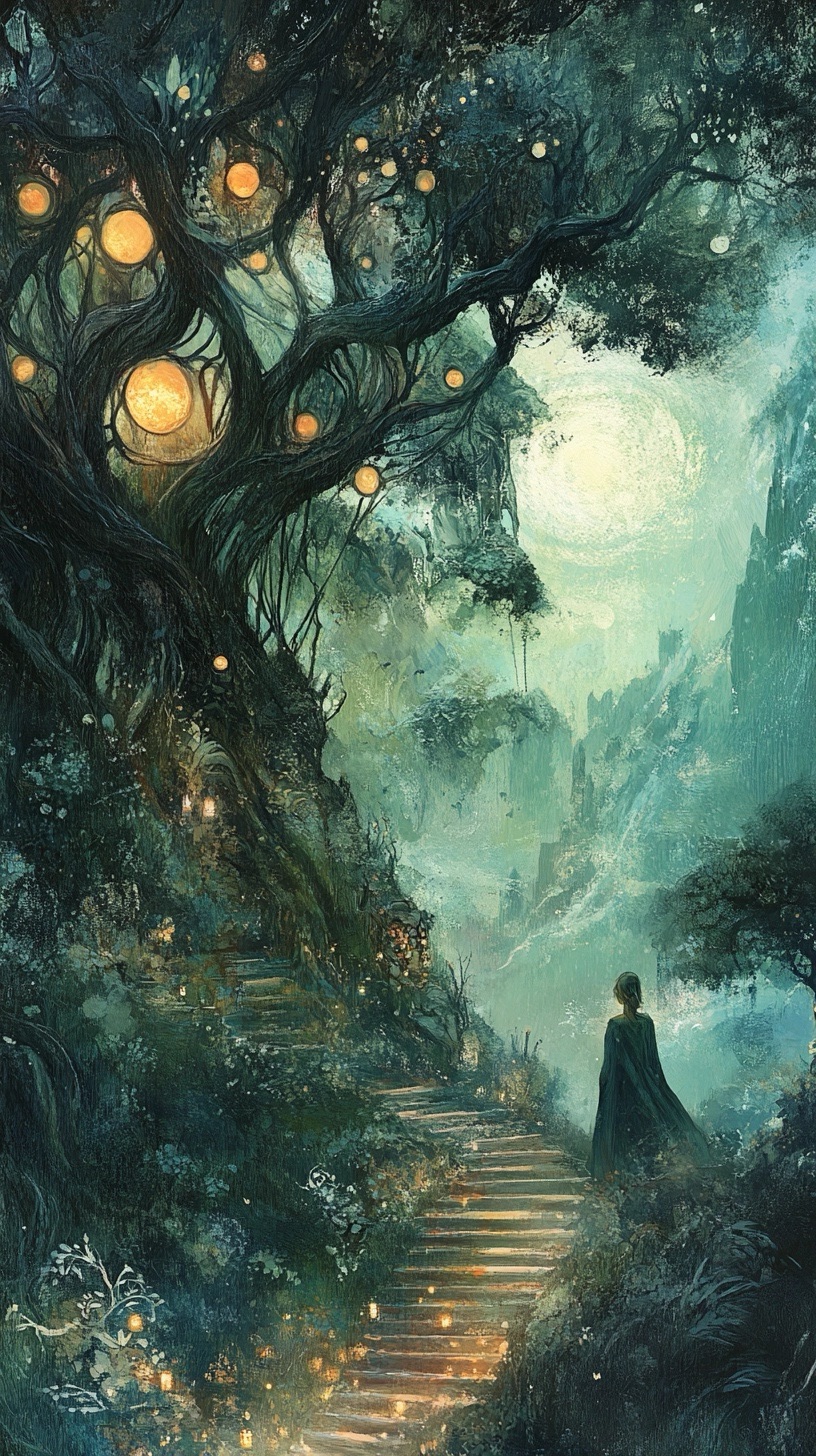
Mystery as a Vehicle for Theme and Character Development
Mystery is not just about plot; it is also a powerful vehicle for theme and character development. The mysteries that characters encounter often reflect their inner struggles, fears, and desires. For instance, a character’s quest to uncover a hidden truth may mirror their own journey of self-discovery. The process of unraveling the mystery can lead to significant character growth, as they confront their own limitations, challenge their beliefs, and ultimately, arrive at a deeper understanding of themselves and the world around them.

Moreover, the themes that emerge from a story’s mystery can be profound and far-reaching. Mystery allows for the exploration of philosophical questions about existence, morality, and the nature of reality. It can serve as a metaphor for the human condition, highlighting the limits of our knowledge and the perpetual search for meaning in a world that often defies easy explanations.
The Balance of Resolution and Ambiguity
One of the most challenging aspects of incorporating mystery into a narrative is deciding how much to reveal and how much to leave ambiguous. While readers generally expect some form of resolution, an overly neat and tidy conclusion can diminish the impact of the mystery. On the other hand, leaving too many questions unanswered can lead to frustration.

The best mysteries strike a balance between resolution and ambiguity. They provide enough answers to satisfy the reader’s curiosity but leave certain elements open to interpretation. This approach not only respects the intelligence of the reader but also allows the story to linger in their mind long after they have finished reading. The unresolved questions continue to provoke thought and discussion, giving the story a life beyond its final page.
The Enduring Power of Mystery in Storytelling
Mystery has been a cornerstone of storytelling for centuries, from ancient myths and legends to contemporary literature and film. Its enduring appeal lies in its ability to engage the reader’s imagination, evoke a range of emotions, and reflect the complexities of real life. In a world where we are constantly bombarded with information, where everything seems to be knowable and within reach, mystery reminds us that there are still things that lie beyond our understanding. It invites us to embrace the unknown, to revel in uncertainty, and to find beauty in the unresolved.

In conclusion, the incorporation of mystery into storytelling is not merely a technique for creating suspense or keeping readers engaged. It is a powerful tool for exploring deeper themes, developing characters, and reflecting the complexities of the human experience. By weaving mystery into a narrative, a storyteller can create a richer, more immersive experience that resonates on both an intellectual and emotional level. Ultimately, it is the mystery that lingers in our minds, that keeps us pondering the story long after we have turned the final page, and that makes the story truly unforgettable.

Leave a Reply